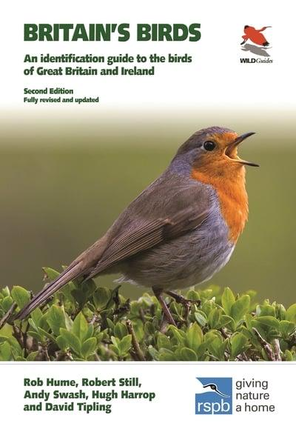 Britain's Birds 2nd edition - with a different Robin on the cover!
Britain's Birds 2nd edition - with a different Robin on the cover! 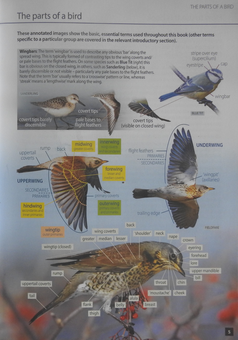 The addition of a illustration showing the "parts of a bird" in the Introduction is very welcome
The addition of a illustration showing the "parts of a bird" in the Introduction is very welcome | | Turning from the text and photographs to the maps, the one area where the first edition was a significant disappointment, it’s again obvious that the critics have been listened to and many corrections made (e.g. Marsh Harrier). However, not all maps seem to have been sufficiently revised and one example of this deficiency that caught my eye is the map for Peregrine. This shows the species breeding on the south coast no further east than Devon despite having colonised the coast as far as Kent decades ago. Similarly, there's no indication that the species is now breeding on buildings in many of our major cities, across much of Wales and elsewhere in areas the maps suggest it's only a winter visitor. (In fairness it's difficult to accurately show a well dispersed population but as my quick revision suggests it can be better done). Unfortunately, the problem with the maps stems from their small size and design which has not changed. The design makes it difficult to represent isolated populations in some species, overstates distribution in others and is unsubtle when indicating status across the British Isles. In fairness, this is a problem common to most guides but the ‘Collins BTO Guide to British Birds’ manages to show winter/summer distribution more satisfactorily despite the maps being a third smaller (although these maps are less good at showing regions where birds migrate through and the distribution of birds at sea). It would also have been an advance to incorporate something along the lines of the 'calendar wheels' of the BTO guide. |
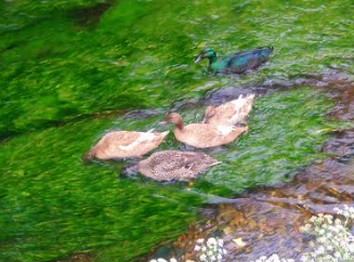 Birds like these domesticated Mallards will still confuse
Birds like these domesticated Mallards will still confuse
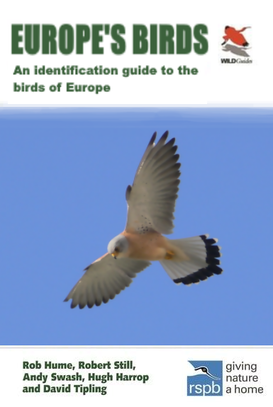
Update - in an interesting talk on the new edition for the 'Virtual Bird Fair' principal author Rob Hume confirmed, as I'd hoped, that work on a version on European birds was well underway. He suggested that it'd be available in 'about a year' (i.e. 2021). As ever I take publication dates with a large pinch of salt but I couldn't resist doing a mock-up of what a European guide might look like. A guide including all European species, races and extreme vagrants would surely be too large so it'll be fascinating to see what compromises are made to achieve such an ambitious aim. Hopefully, continental publishers will be queuing up to do a French/German/Spanish etc version giving WILDGuides a handsome & deserved profit!
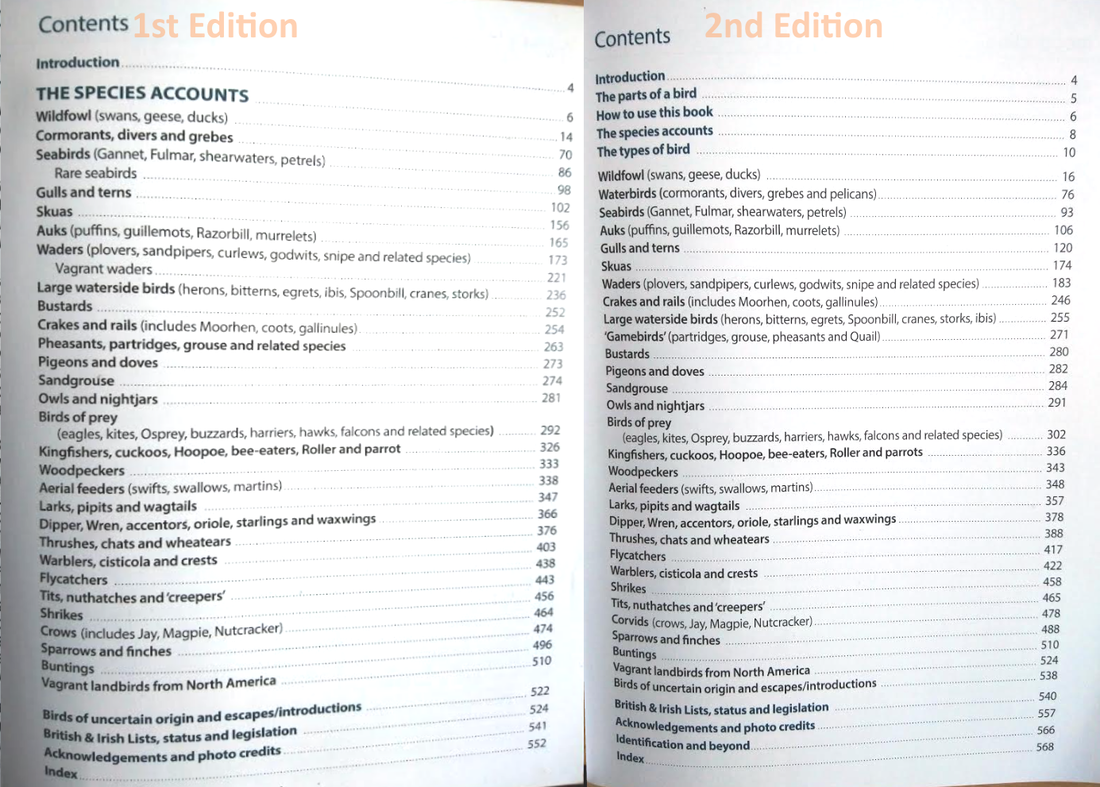
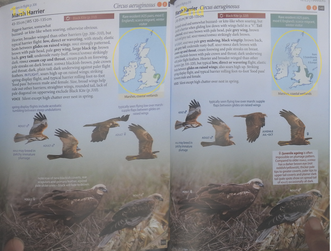
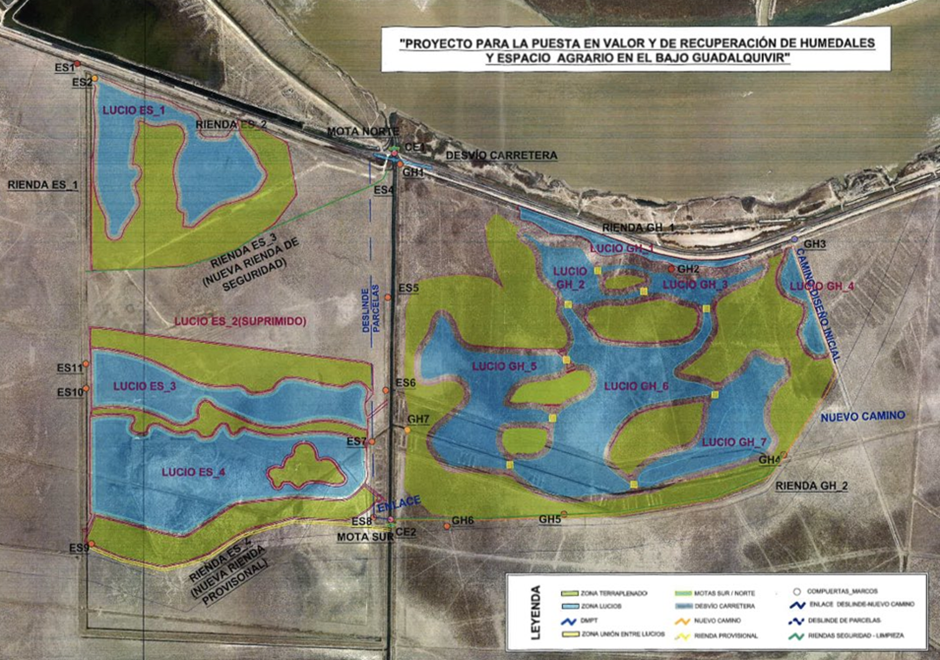
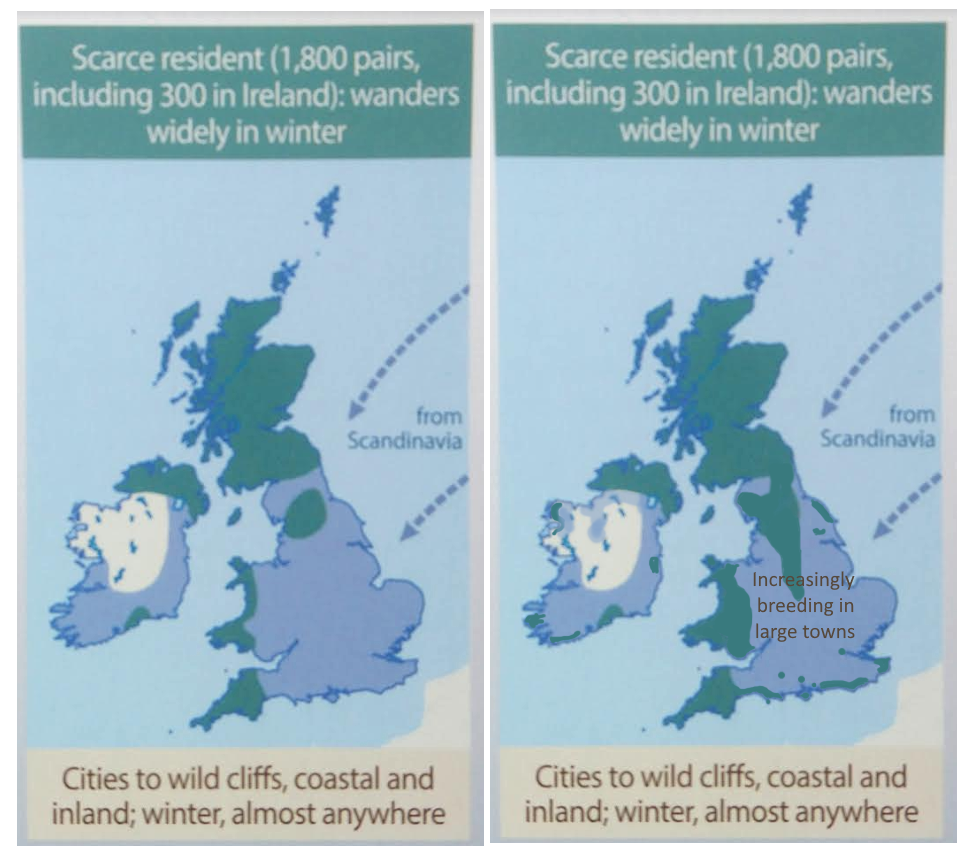
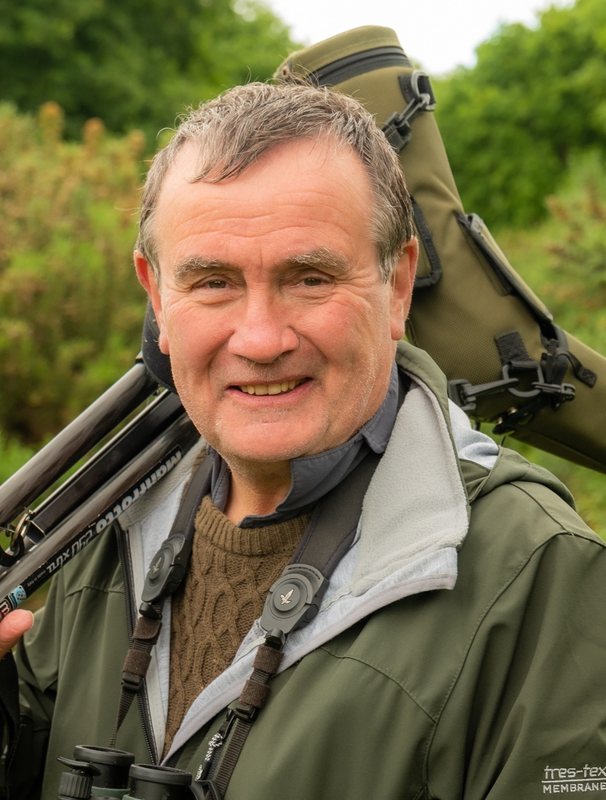
 RSS Feed
RSS Feed
